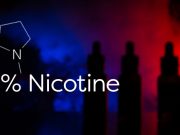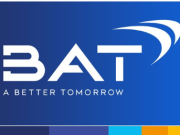
The European Directive 2014/40/EU that defines the orientations of the regulatory framework of vaping products in the EU continues to be transposed in the laws of Member States. For this $2 million market, confusion and deception are now part of the landscape in which professionals are trying to find their way.
Professionals in a period of expectancy
During this transposition period when each Member State deals with its own regulation, some elements that were voluntarily left fuzzy are nevertheless of importance, which is the case for notification. The fears of French vaping professionals is tangible since they are given until November 20, 2016 to market their new products and until January 1, 2017 to register their business. Hence, declaring and notifying are prerequisites to the continuation of their specialized business, which is the most relevant for e-liquid manufacturers.
France, that has just published a decree for the implementation of the May 19, 2016 ordinance (#2016-623) brings complementary information. “It specifies the rules applicable to e-liquid composition and establishes what must appear in registrations and notifications” comments the Counsel Thierry Vallat on his blog.
Although the decree addresses the “different definitions that appear in the 2014/40/UE directive” and specifies the rules applicable for e-liquid ingredients, it doesn’t seem to bring answers to the hot topics that are worrying vaping professionals: How much does a notification represent? or How much detail do professionals have to give about their recipe to market a new e-liquid?











